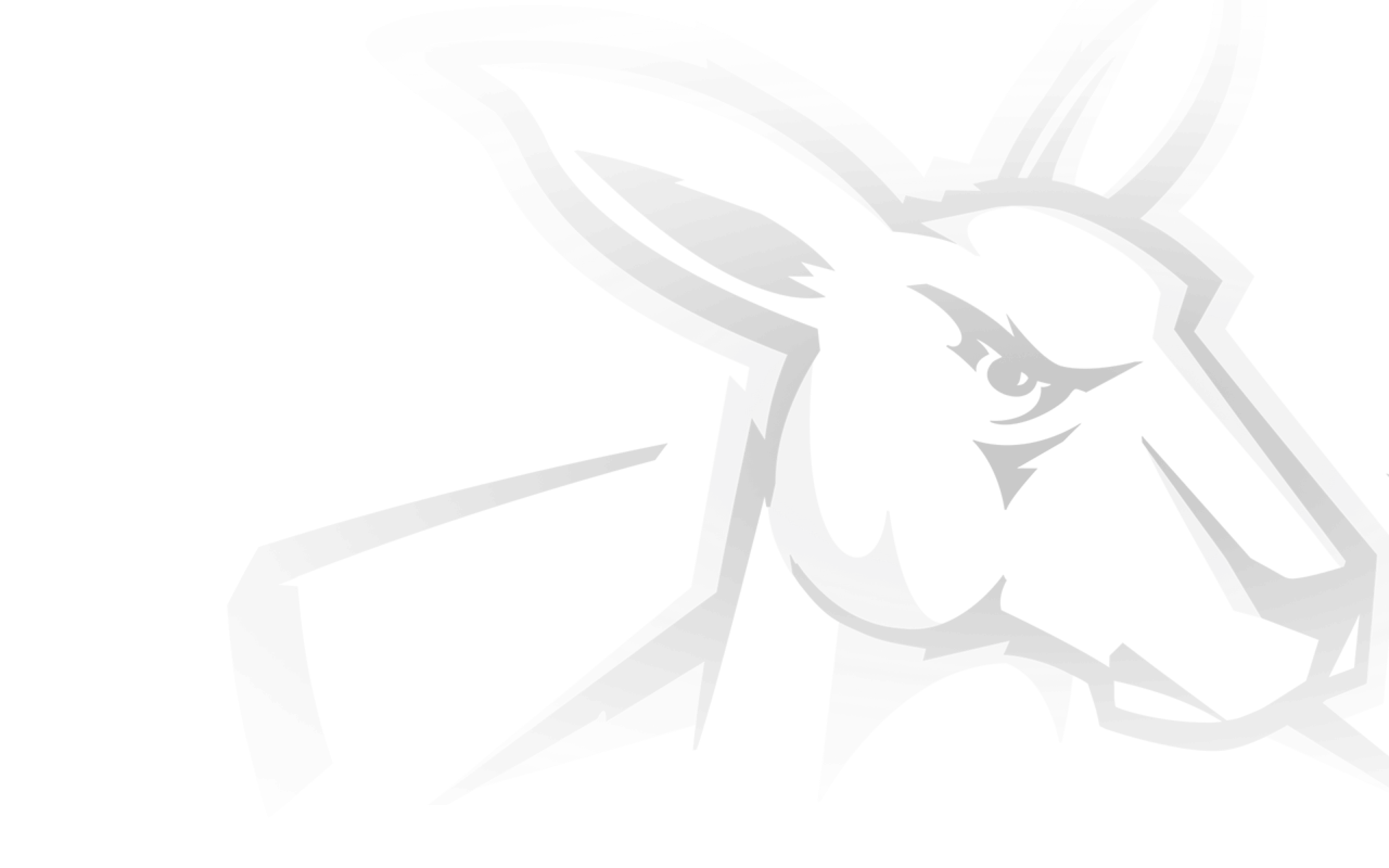At least 10 teams could make up the first ever national women’s league, after strong interest from Victorian AFL clubs during the application stage.
Thirteen clubs have applied for a women’s team licence, and such is the quality of the submissions, the AFL is considering extending the initial number of teams selected from eight to 10.
North Managing Director and CEO Carl Dilena said the depth of female talent would be the sticking point on how many teams the AFL would likely allow in the initial competition in 2017.
“In an ideal world every team would have an women’s affiliated side,” Dilena told SEN.
“The challenge at the moment is the depth of the talent pool, therefore the AFL is having to restrict the number of licences they are granting in this first round but ultimately every team will have a side.
“We’re very keen to be involved and have been keen for some time.”
AFL boss Gill McLachlan admitted the final decision on the number of teams and which sides would be awarded licenses would be a tough one to make.
“There are just a lot of different ways (to figure out which clubs get licenses) ... there’s going to be a subjective element and it’s going to be really hard,” McLachlan told AFL360.
“The girls’ youth championships are on this week. They’re having a look at depth of what’s coming through and what is possible with the age limit.
“There’s probably a dozen or 15 17-year-old girls who’d be in the top 50 girls if they were eligible. So we’re thinking of age limits and what’s the right thing to do ... and whether it’s possible to go to 10.”
Meanwhile, Dilena said the existing ties with MUWFC, as well as building on the club’s work through its community arm The Huddle would be crucial, should the Roos be awarded a licence.
“They’ve (MUWFC) developed a lot of talent for the women’s league to date,” Dilena said.
“We want to continue with those efforts and make sure we are flying the flag for women’s football.
“We’ve got a great track record of young girls coming through our Huddle programs from very diverse backgrounds and then progressing through to senior ranks within in women’s football.”
Dilena said the club was also looking to boost its female membership base, and having a women’s team would help attract greater diversity in the club’s fan base.
“If you look at our membership demographic, we’re sitting at about 35 per cent female, which is pretty much the AFL industry average. We’d like to probably grow that to 40 per cent in the short term and ultimately longer term get to 50 per cent so we have equal representation in our membership base,” he said.
“A big part of that, apart from driving the participation, is the attractiveness of your club. The more you promote diversity and get involved in the community, the more people demonstrate that loyalty to your club and want to be a member.”


